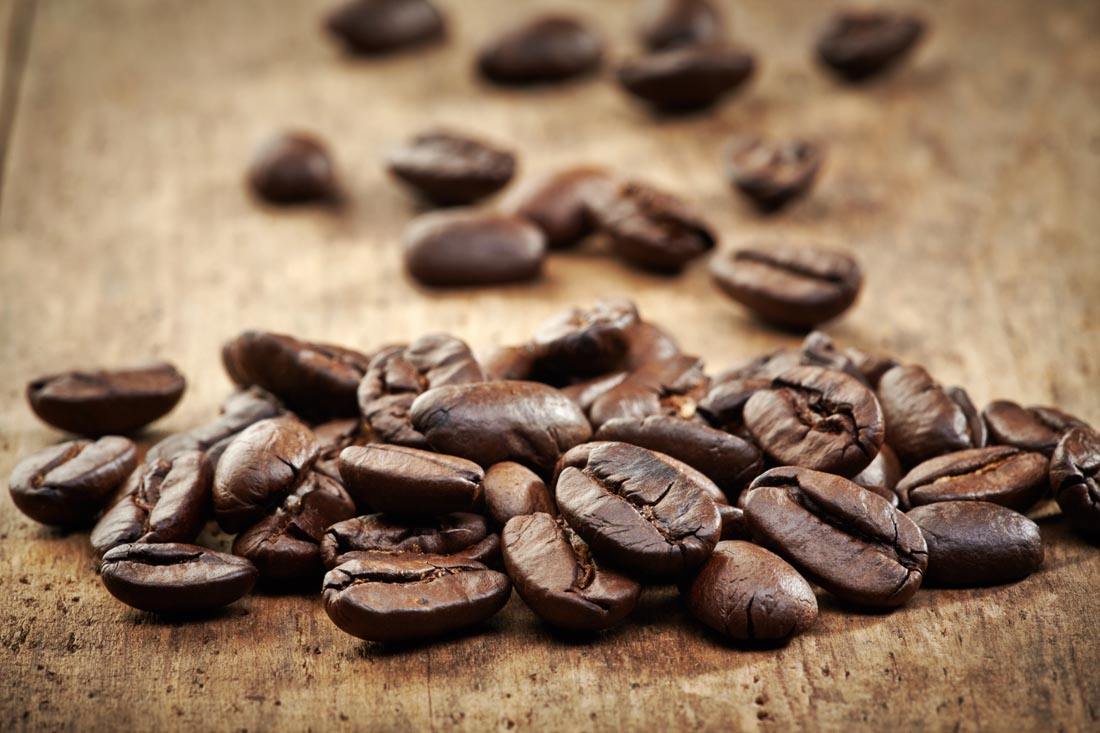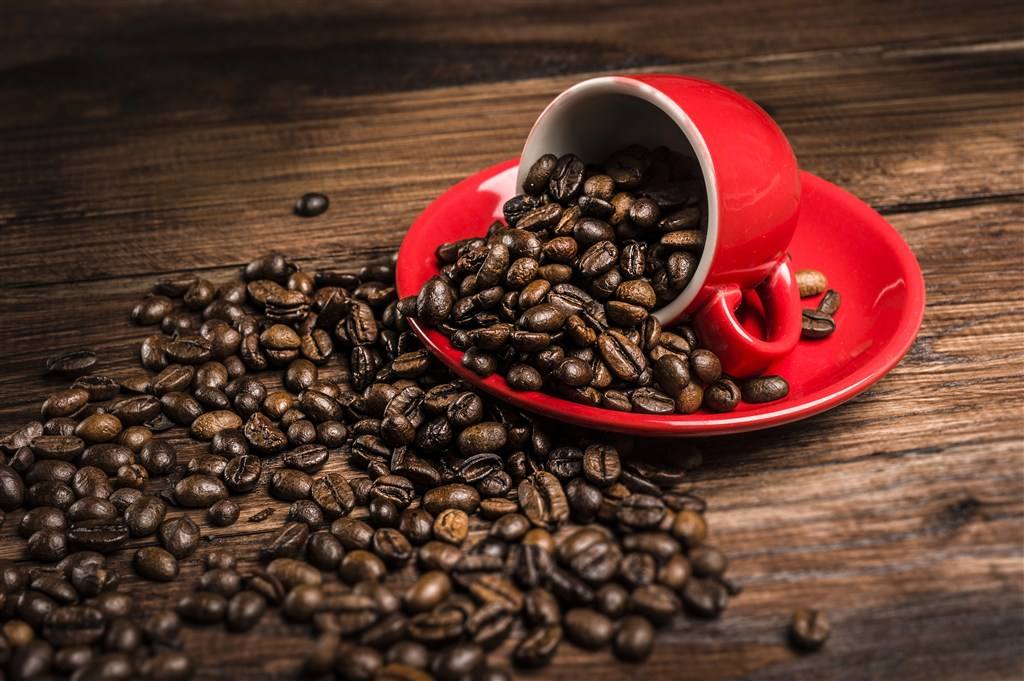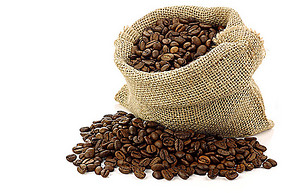Luanda Red Bourbon Buf Café Small Farm Coffee Bean Introduction
Follow the caf é (Wechat official account vdailycom) and found that Beautiful Cafe opened a small shop of its own.
Luanda is located in the heart of the interior of Africa. Its fertile mountain terrain and ancient traditional bourbon species indicate that the natural environment needed to grow high-quality coffee beans can be seen everywhere in Luanda. Coffee was introduced to Luanda by German missionaries in 1904. Since it was the only income-earning crop for rural farmers in 1930, coffee cultivation began to flourish. Whether it was Arabica harvested in March-June or Robusta harvested in May-June, the government encouraged the production of coffee with low quality and high yield. even if the poor quality played an important role in the economic development of Luanda at that time, because it was one of the few crops that could earn cash, as global coffee prices collapsed, it continued to promote the policy of exporting low-quality Arabica coffee. Changes are bound to be made.
The 1994 genocide claimed nearly 500000 lives and almost wiped out the knowledge and technology of coffee bean growing. at the same time, the price of coffee beans around the world also fell sharply, making the coffee industry in Luanda even worse. Luanda's coffee industry is now on the rise again, hoping to re-establish the infrastructure needed for the production and processing of boutique coffee beans at a steady pace. The most eye-catching is the Joint strengthening Luanda Agricultural Partnership Program (PEARL), which is mainly to help Luanda rebuild agricultural institutions, production capacity and cultivate agricultural talents to help local small farms sell coffee beans directly to buyers in the boutique coffee market. Unlike its neighboring country Kenya, Ethiopia has a centralized auction system, but its agricultural cooperatives can buy and sell directly with buyers. However, if coffee beans are to be exported from landlocked countries, they must travel 1500 kilometers to the port of Mombasa Mombasa in Kenya or the port of Dares-Salam Dar es Salaam in Tanzania, after the exercise of the 2007 Crop of Gold' Golden Bean Competition. Luanda then held its first C.O.E coffee competition in 2008, which drew more buyers' attention to Luanda's high-quality bourbon beans.

In June 2011, the 100% red bourbon was planted more than 1900 meters south of Luanda. Epiphanie Mukashyaka is the owner and operator of the farm. She is a very active female entrepreneur and a model for women entrepreneurs in the Luanda coffee industry and other industries. Epiphanie lost her husband in the 1994 genocide, but she chose to stick to the small coffee farm left by the family. And began to actively rebuild and develop the cause with the local people. Buf Caf é, founded by Ms. Epiphanie Mukashyaka, has been in operation since 2000, during which she received a loan from the Luanda Development Bank and the assistance of the Joint strengthening Luanda Agricultural Partnership Program (PEARL Programme).
Buf Caf é now owns two washing plants, grows its own coffee trees and buys coffee cherries from more than 2, 000 small farms nearby. Some of these small farmers are directly employed by Buf Caf é or work in Buf Cafe washing plants, where their wages are higher than the local average. Buf Cafe believes that employees will be more willing to work if they get a higher salary. And take pride in the good quality of coffee produced by Buf. Facts have proved that this idea is correct. Buf's quality control is very strict. Several batches of C.O.E Coffee Competition in Luanda in 2008 and 2010, respectively, are the best coffee companies in Luanda. The income from selling coffee is mainly used for children's school, medical expenses and investment in other poultry and livestock (such as buying a dairy cow to obtain milk for local sale). Direct Coffee introduced this coffee is collected by hand and hand-selected beans are washed and dried in the traditional African-style high-bed sun-dried Buf Cafe top red bourbon beans.
Property Characteristics: farm characteristics
Farm Farm name: Buf Caf é and more than 2, 000 other small-scale farms
Farm owner: Epiphanie Mukashyaka
Region producing area: Nyamagabe district, Southern Province Nima Gabe district, southern province
City City: located in Butare and Cyangugu
Country country: Rwanda Luanda
Altitude altitude: 1600-1900m
Coffee Characteristics: coffee characteristics
Variety variety: Red Bourbon red bourbon
Processing System treatment: Fully Washed and dried on African beds Water treatment African (Solar) elevated bed drying
Flowering period flowering period: September-October September to October
Harvest period harvest time: March-July March to June
Appearance appearance: 16-17 mesh
Top Jury Descriptions comment: the baking degree (Cinnamon) measured by the cup at the beginning of 60 seconds of explosion.
Aroma aroma / flavor flavor: vanilla, cherry, pudding, coriander, cinnamon, cloves, almonds, caramel, dark chocolate, honey, sugar
Acidity: plum, grapefruit, plum, black mold, malic acid, dense, tartaric acid (grape), sharp and bright acid, refined strong acidity, acid stimulates mouth secretion
The complexity of complex is similar to that of other: dry and juicy, bright and lively, round and warm on the palate, unrestrained fragrance of flowers and plants, the aftertaste is very sweet and the flavor rises.
Cup test scores and overall comments
Cup test date: 2011.06.02
Dry aroma: 9
Wet aroma: 9
Ganzhu: 10
Brightness: 9
Taste: 10
Balance: 9
Clutter: 8
Sweetness: 9
Acid quality: 9
Yu Yun: 10
Cup test score: 92
Overall comment: the honest and full taste is accompanied by rich sour wine, rare Luanda coffee beans with good dryness, and a plum aroma after Yunjia. This bag of Luanda BUF Cafe Red Bourbon is a kind of coffee beans based on acidity, which is a great acid.
Overall comment: the honest and full taste is accompanied by rich sour wine, rare Luanda coffee beans with good dryness, and a plum aroma after Yunjia. This bag of Luanda BUF Cafe Red Bourbon is a kind of coffee beans based on acidity, which is a great acid.
Important Notice :
前街咖啡 FrontStreet Coffee has moved to new addredd:
FrontStreet Coffee Address: 315,Donghua East Road,GuangZhou
Tel:020 38364473
- Prev

Introduction of Rwanda Rwanda Red Bourbon Red bourbon Coffee beans
Following Cafe Review (Wechat official account vdailycom) found that Beautiful Cafe opened a small shop of its own, Rwanda Rwanda Red Bourbon Red bourbon, you have heard or have tried the elegant old coffee varieties: Typica Tibica derived varieties such as Manning, Blue Mountain, Elephant beans, Kona, Geisha. I believe many coffee lovers have also heard of drinking-for example:
- Next

Introduction of cyan bourbon coffee beans on St. Helen Island
Follow Cafe (Wechat official account vdailycom) found that Beautiful Cafe opened its own shop, St. Helens Island, with an area of only 121square kilometers and a population of no more than 10,000. it is a volcanic island in the vast Atlantic Ocean, belonging to the United Kingdom, 1950 kilometers from the west coast of Africa and 3400 kilometers from the east coast of America. Born here.
Related
- Detailed explanation of Jadeite planting Land in Panamanian Jadeite Manor introduction to the grading system of Jadeite competitive bidding, Red bid, Green bid and Rose Summer
- Story of Coffee planting in Brenka region of Costa Rica Stonehenge Manor anaerobic heavy honey treatment of flavor mouth
- What's on the barrel of Blue Mountain Coffee beans?
- Can American coffee also pull flowers? How to use hot American style to pull out a good-looking pattern?
- Can you make a cold extract with coffee beans? What is the right proportion for cold-extracted coffee formula?
- Indonesian PWN Gold Mandrine Coffee Origin Features Flavor How to Chong? Mandolin coffee is American.
- A brief introduction to the flavor characteristics of Brazilian yellow bourbon coffee beans
- What is the effect of different water quality on the flavor of cold-extracted coffee? What kind of water is best for brewing coffee?
- Why do you think of Rose Summer whenever you mention Panamanian coffee?
- Introduction to the characteristics of authentic blue mountain coffee bean producing areas? What is the CIB Coffee Authority in Jamaica?

